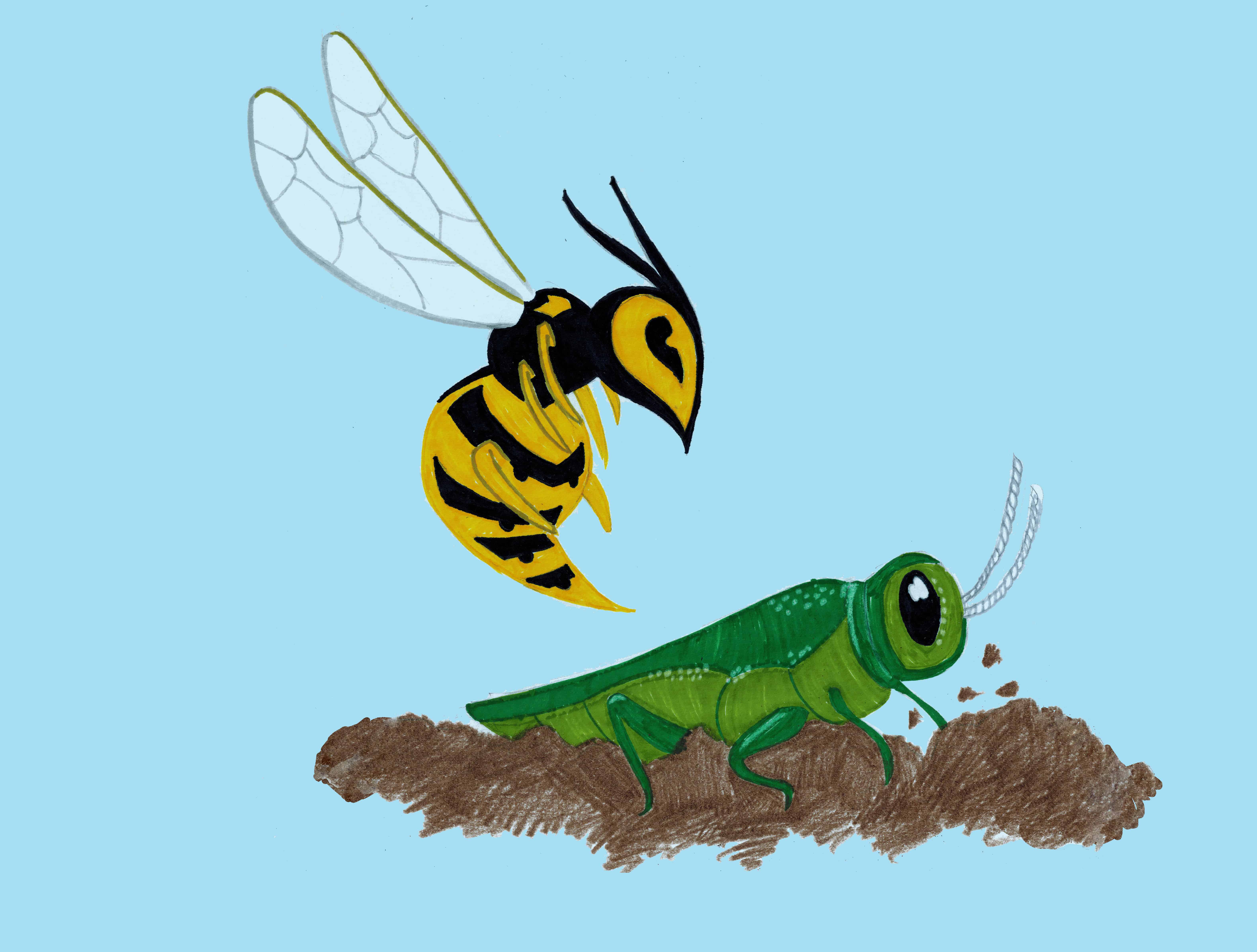Researchers at Natural Resources Canada have bred wasps to help rid Toronto of the Emerald Ash Borer (EAB) beetle that has been plaguing the city’s ash trees since 2007.
The EAB, an invasive insect native to Asia, was first spotted in North America in 2002 in Michigan. By 2007, it had made its way to Toronto.
The EAB’s main targets are ash trees, which is why it poses such a large threat to Toronto’s forests. Ash trees make up nearly 8.5 per cent of the city’s tree canopy.
Once the EAB settles on an ash tree, its larvae use the tree as a feeding ground and restricts the tree’s nutrient flow, killing it within a few years.
It is expected that within three to five years, all of southern Ontario’s ash trees will be gone.
One proposed solution is to use Tetrastichus planipennisi, a species of wasp native to China, to act as a predator of the beetle. The rationale behind this strategy is what researchers in the field, like Dr. Sandy Smith, Professor of Forest Health at U of T’s Faculty of Forestry, call “classical bio-control, where we go back to the country of origin of the pest and identify very specific predators that can be introduced, or ‘parasitoids.’” These parasitoids are “highly specialized on their host or their target prey,” said Smith.
The plan is simple, albeit morbid — female wasps, once released, fly to the beetle-infested trees and lay their eggs on EAB larvae. Once they hatch, the wasp larvae will eat the EAB larvae and use their eggs as a home.
Thanks to the EAB, most of Toronto’s ash trees have died or have been chopped down. But according to Smith, this may not be a bad thing. “We should never have more, in my opinion, of one per cent of any tree species on the streets because they will all be vulnerable to repeated invasions of new pests.”
Instead of bringing back all the lost ash trees, Smith said that the aim of this new bio-control plan is to “retain our canopy cover… and replace trees with the species that we want [in order] to achieve a one per cent of every [tree] species. That would be ideal for Toronto.”
Smith believes increasing tree diversity will be “our real resilience against future invasions.”
While the entire city of Toronto is considered infested, there are still other cities like Winnipeg, Halifax, and Vancouver, that are anticipating the arrival of the EAB.
In 2012, the City of Toronto began administering its own control plan, which was to inject 13,000 of the city’s trees with the pesticide TreeAzin and to cut down 82,000 ash trees by 2020.
But this plan is not cheap. The estimated cost of the management program is $71.2 million, and that’s only for the city-owned trees. Smith said that “60 per cent of these trees are on private land, so individual property owners have had to invest a lot of money because this insect came in. And because we had so [many trees], the insect did really, really well.”
Sixty thousand of these wasps have already been released, and throughout the summer, the organization plans to raise and release 10,000 more. But these numbers are actually quite small. Smith said you could probably fit them all in “a couple of coffee cups… they’re not the yellow-jacket hornets that people see around.”
These wasps have no hazardous effects on environmental or human health, and have been thoroughly screened. “This is a real process to import insects like this. It takes maybe 10, 15 years before you can get approval to release,” said Smith.
The real environmental impact that comes from the EAB, according to Smith, is where the “cutting that has gone on and the areas that are opened up… in the riparian zones… You lose the trees along the streams, the streams heat up, they become slow and sluggish, and the water’s less clear. Because trees are needed to keep it cool, we don’t have fish.”
With regards to the effects of the wasps, Smith said that she is “less worried environmentally. I think… the huge population of ash, and now the loss of this ash as a result of this invasive insect… is more devastating than these small parasitic wasps will ever be.”


